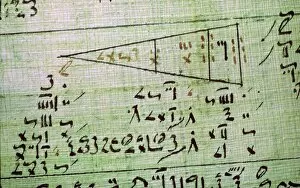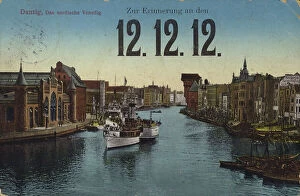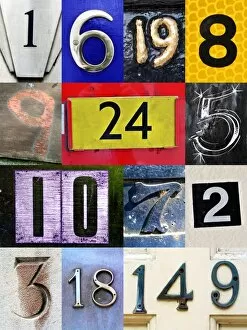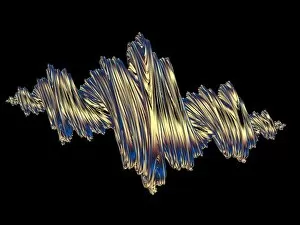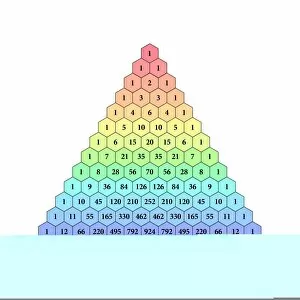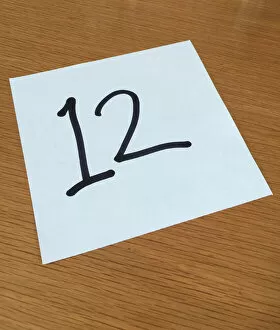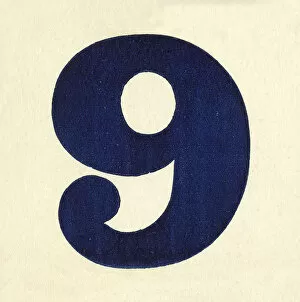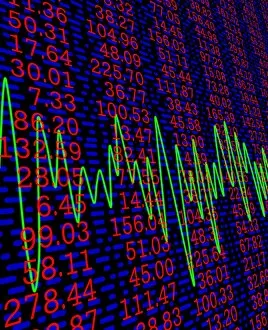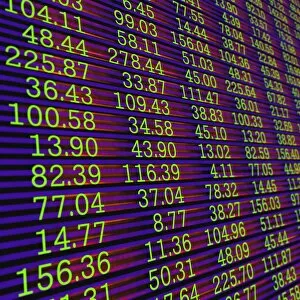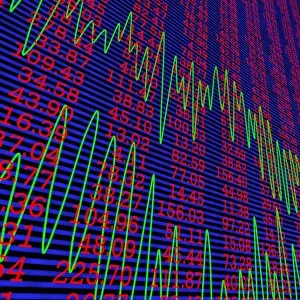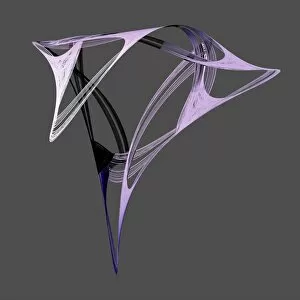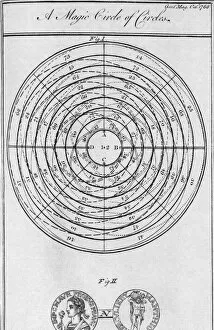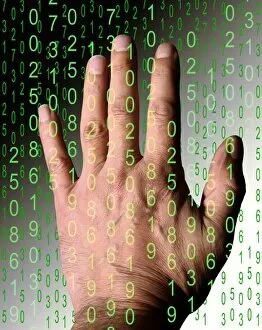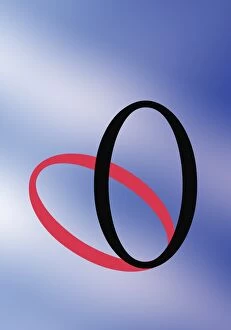Numerical Collection
"Unraveling the Numerical Mysteries: From Mesopotamia to Prague" Step back in time to ancient Mesopotamia
For sale as Licensed Images
Choose your image, Select your licence and Download the media
"Unraveling the Numerical Mysteries: From Mesopotamia to Prague" Step back in time to ancient Mesopotamia, where clay tablets were etched with pictographs drawn as numerical symbols. These artifacts from Iraq's Late Prehistoric period provide a glimpse into the early beginnings notation. Fast forward to Thebes, Egypt around 1550 BC, and we encounter the Rhind Mathematical Papyrus. This remarkable document showcases advanced mathematical concepts such as fractions and geometry, revealing the Egyptians' sophisticated understanding of numbers. Meanwhile, in Babylonian civilization, cuneiform numerals emerged as a unique system for recording quantities. These wedge-shaped marks on clay tablets allowed for efficient calculations and paved the way for future mathematical developments. Traveling to Europe's enchanting city of Prague, one encounters an astronomical clock in Old Town Square. This intricate masterpiece not only tells time but also displays various numerical indicators that once guided celestial observations. Delve into more recent history with a postcard celebrating 12. , showcasing lithographic artistry depicting Danzig. Numbers take center stage here as they mark this special date forever captured on paper. In everyday life, numbers surround us - like a piece of paper on a desk adorned with a large number 4 or another displaying an eye-catching number They remind us of their omnipresence and influence over our daily routines. Yet some numbers hold deeper significance; consider the power behind number 12 or even number 9 – both carrying cultural symbolism across different civilizations throughout history. A captivating montage reveals an array of diverse numbers intertwined harmoniously – reminding us that mathematics is truly universal and transcends borders and cultures alike. Venturing into abstract realms lies quaternionic fractals - mesmerizing geometric patterns derived from complex algebraic equations involving four-dimensional space-time coordinates. A testament to humanity's fascination with exploring numerical intricacies beyond conventional boundaries.


